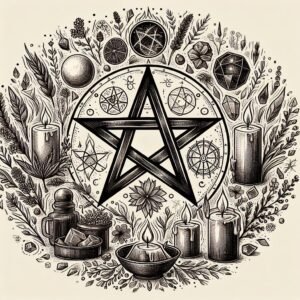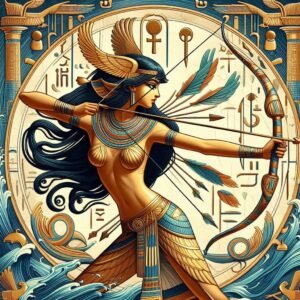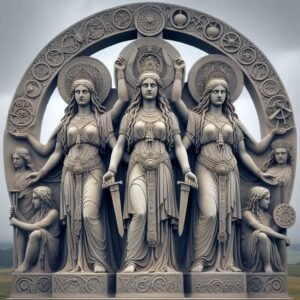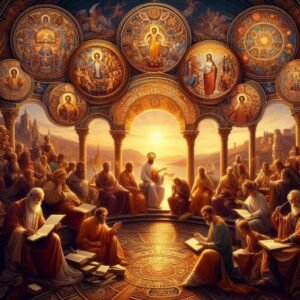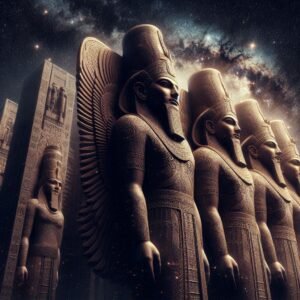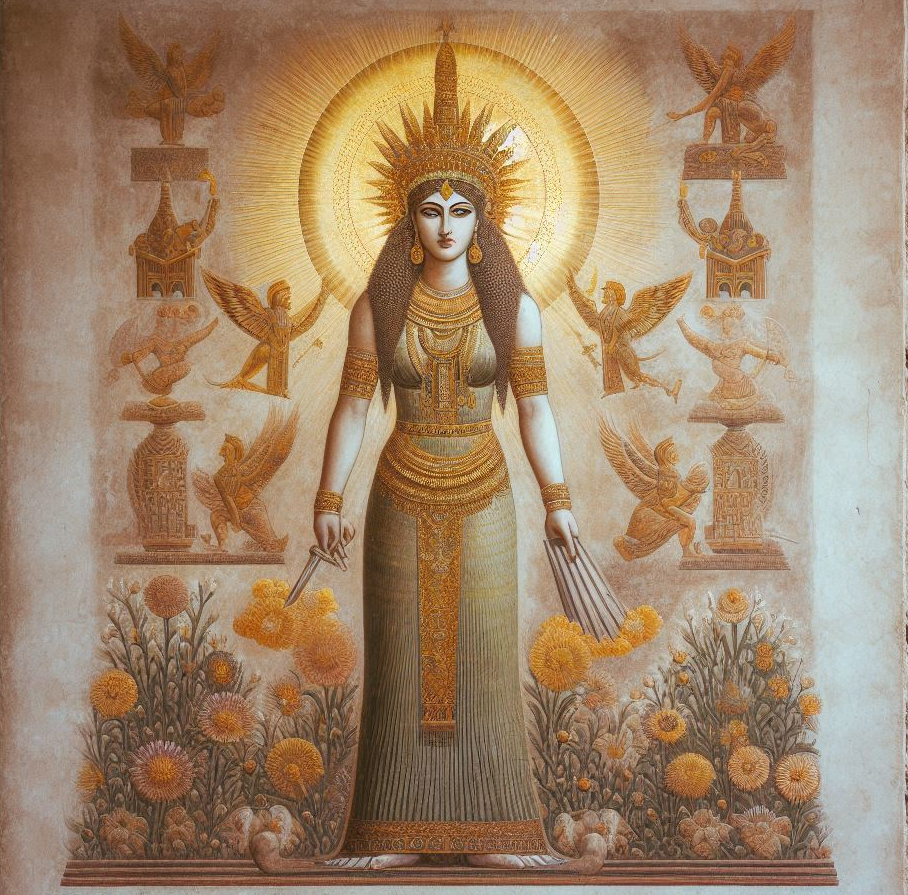
Ishtar, known as Inanna in Sumerian, is a deity of profound complexity and significance in Mesopotamian mythology, embodying the dualities of existence such as love and war, fertility and desolation. Her worship spanned across the ancient Near East, marking her as one of the most venerated figures in early human civilization. As the goddess of both war and sexual love, Ishtar represented the life-giving and destructive forces of nature, a testament to the multifaceted nature of life itself.
Ishtar, the goddess of love, war, fertility, and sexuality, was a figure of immense religious significance and was often depicted as a fierce and protective deity. Her worship involved elaborate rituals and ceremonies, which were integral to the spiritual life of the city. The presence of a temple dedicated to Ishtar within the Citadel of Erbil is indicative of her pivotal role in its religious landscape.
Moreover, the Citadel was not only a centre for ancient Mesopotamian religions but also played a significant role in the spread of Christianity in the region. During the Sassanian period and the Abbasid Caliphate, Erbil emerged as an important hub for Christianity, with the Citadel likely housing churches and monasteries. The religious diversity of the Citadel continued through the Islamic era, where mosques stood alongside the remnants of earlier faiths.
Ishtar’s origins are rooted in the Sumerian pantheon, where she was initially associated with the storehouse, symbolizing the sustenance of society through the provision of dates, wool, meat, and grain. Her emblem, the storehouse gates, signified her role as a protector of resources and a provider of prosperity. Over time, her attributes expanded, and she became associated with rain and thunderstorms, linking her to An, the sky god, and reflecting her influence over the natural world.
In her capacity as a fertility figure, Ishtar was intrinsically tied to the earth’s fecundity, overseeing the cycles of growth and decay that governed agricultural societies. Her marriage to Dumuzi, the god representing the date palm’s vitality, further cemented her role as a harbinger of life and abundance. Yet, Ishtar was not a passive, nurturing mother figure; she was depicted as young, beautiful, and impulsive, never confined to the domestic sphere but instead roaming freely as a sovereign entity.
The duality of Ishtar’s nature is perhaps best encapsulated in her astral aspect, associated with the planet Venus. As the morning and evening star, she signified both the promise of dawn and the closure of dusk, embodying the cycles of time and the eternal renewal of light after darkness. This celestial dimension of Ishtar elevated her to a member of a secondary astral triad alongside Shamash, the sun god, and Sin, the moon god, further solidifying her position in the pantheon.
Ishtar’s significance extended beyond the spiritual, influencing the social fabric of Mesopotamian societies. As the protectress of prostitutes and the patroness of the alehouse, she presided over aspects of daily life that were both essential and marginal, reflecting the society’s complex attitudes towards sexuality and social norms. The practice of temple prostitution, part of her cult worship, underscores the sacredness attributed to sexual acts in her honour, blurring the lines between the divine and the mortal.
The influence of Ishtar endured through the ages, leaving an indelible mark on the cultures and religions that succeeded Mesopotamia. Her legacy can be traced in the cults and images of later goddesses such as Aphrodite, Astarte, and even into the Classical period, where figures like Artemis and Athena bear traces of her attributes. Despite the decline of her direct worship, Ishtar’s archetypal essence has persisted, a testament to her once-universal appeal and the enduring human fascination with the divine feminine.
Ishtar’s mythology is rich with stories that highlight her contradictory nature. One of the most famous is her descent into the underworld, a tale that explores themes of death, rebirth, and transformation. In this myth, Ishtar’s journey to the realm of the dead and her subsequent return to the living world symbolize the seasonal cycles of decay and regeneration, mirroring the agricultural patterns that were vital to Mesopotamian societies.
Ishtar’s significance lies not only in her historical worship but also in her embodiment of the complexities of existence. She is a figure of power and vulnerability, nurturing and destruction, reflecting the multifaceted experiences of life. Her myths and symbols continue to resonate, offering insights into the ancient world’s spirituality and its understanding of the divine’s role in the human experience. Ishtar, as Queen of the Universe, remains a powerful symbol of the interplay between human and divine, between the forces of nature and the will of the gods.
Subscribe to our post updates - Don't miss a thing!!

